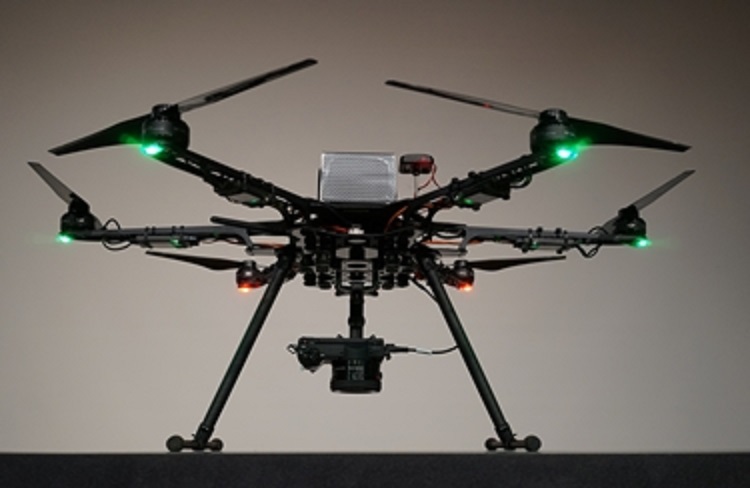
Scientists at Louisiana Tech University in the US are developing new technologies for unmanned aerial vehicles (UAV), otherwise known as drones, that could improve their endurance and increase flight times and payload capacities.
‘The majority of the commercial off-the-shelf UAVs that are available have limited flight times of less than 25 minutes and limited payload capabilities,’ said Wesley Palmer, instructor of geographic information systems (GIS) in Louisiana Tech’s School of Forestry and supervisor of its Spatial Data Lab Palmer. ‘We wanted to develop a UAV platform that could fly for a longer period of time, carrying a mid-sized payload. That’s what led to the development of the P9000.’
The P9000, a customizable autonomous UAV, features lightweight aluminum and carbon fiber materials integrated into the frame design to keep the platform light and strong, with a custom carbon fiber centreplate.
The drone can fly for up to an hour, depending on payload, and can be used for a variety of geospatial mapping applications, covering a large area or a long pipeline corridor with its extended flight times. It is also swarm capable and GPS enabled.
Extended endurance
Palmer says the goal of the P9000 project was to establish a UAV platform with extended endurance by more than doubling the working flight time of most commercially available UAVs in its class.
‘Now that we have achieved that goal and have a customizable platform with optimized endurance, we can put the P9000 to work in testing cameras and sensors,’ said Palmer. ‘At the end of the day, a UAV is a tool to perform some type of task. We can leverage this new tool to execute current and future research projects.’
This story is reprinted from material from Louisiana Tech, with editorial changes made by Materials Today. The views expressed in this article do not necessarily represent those of Elsevier.




